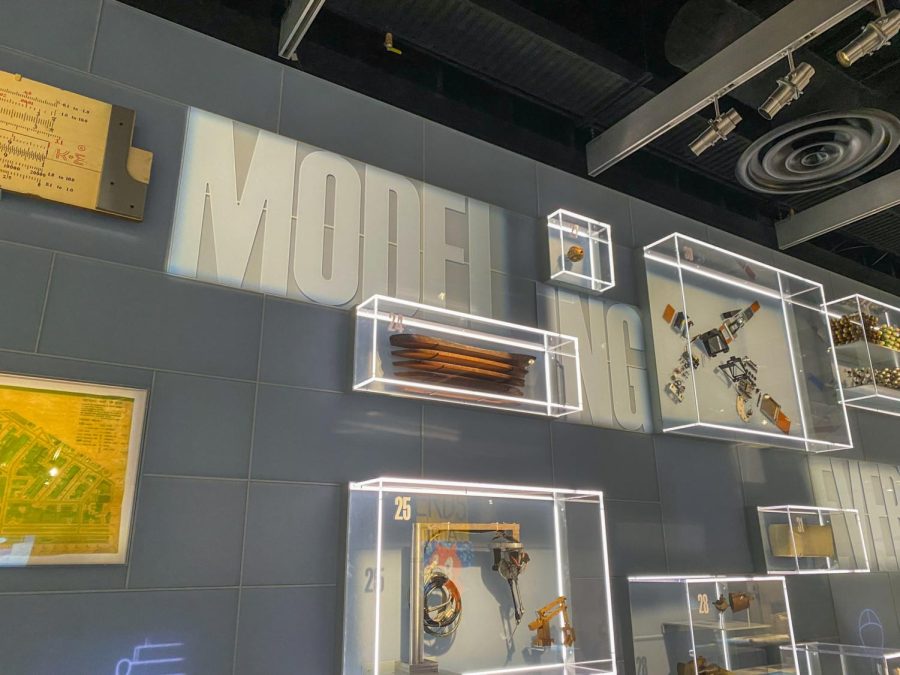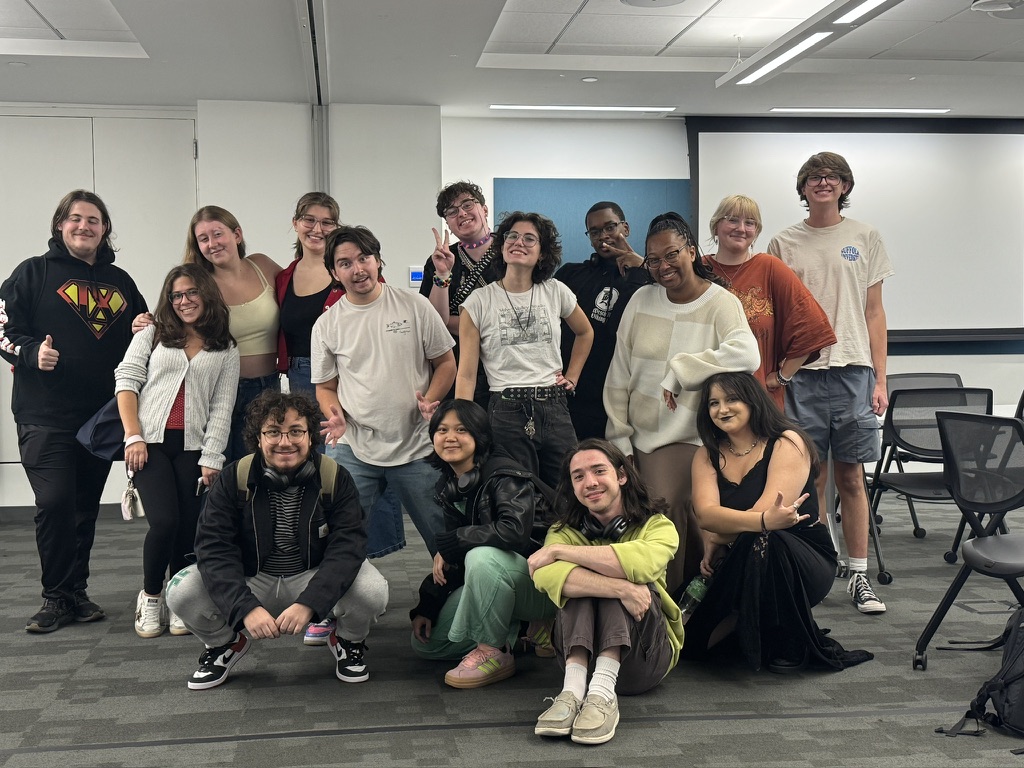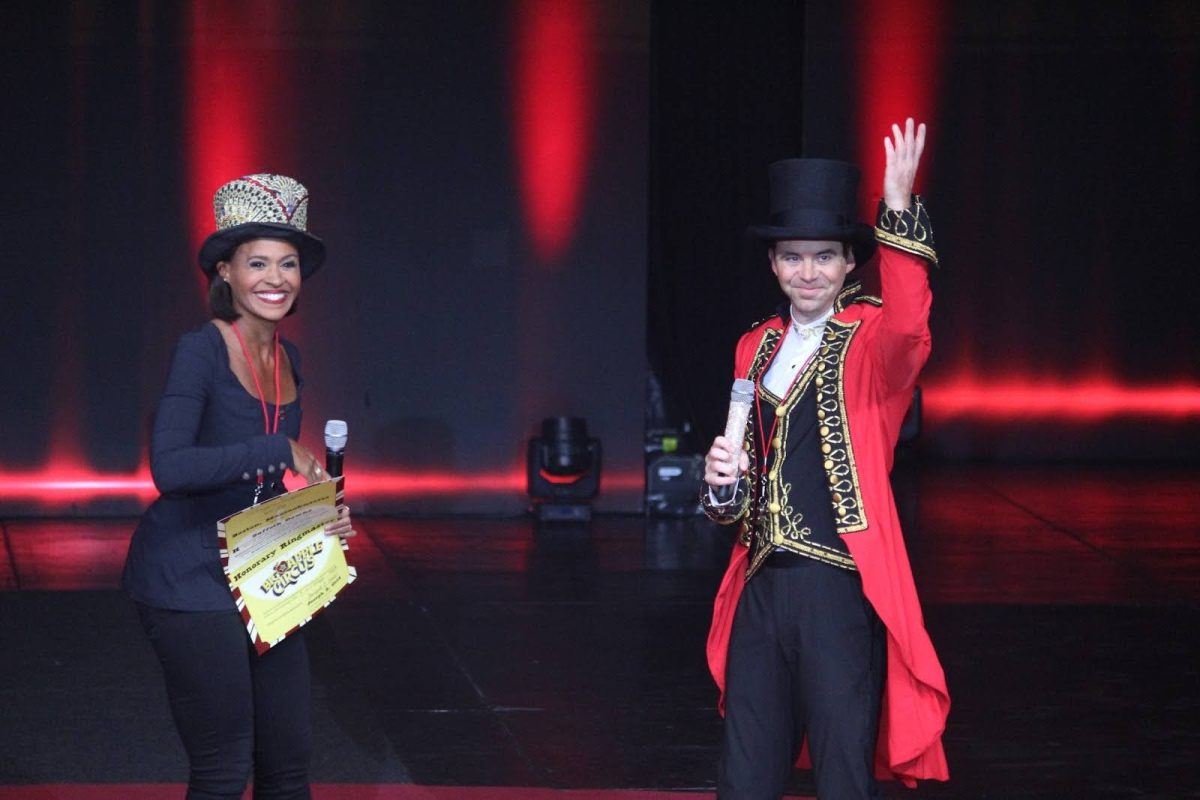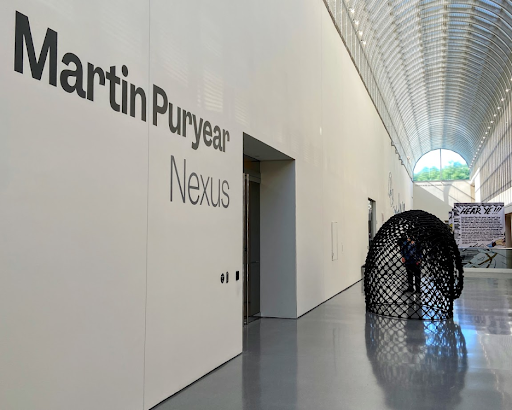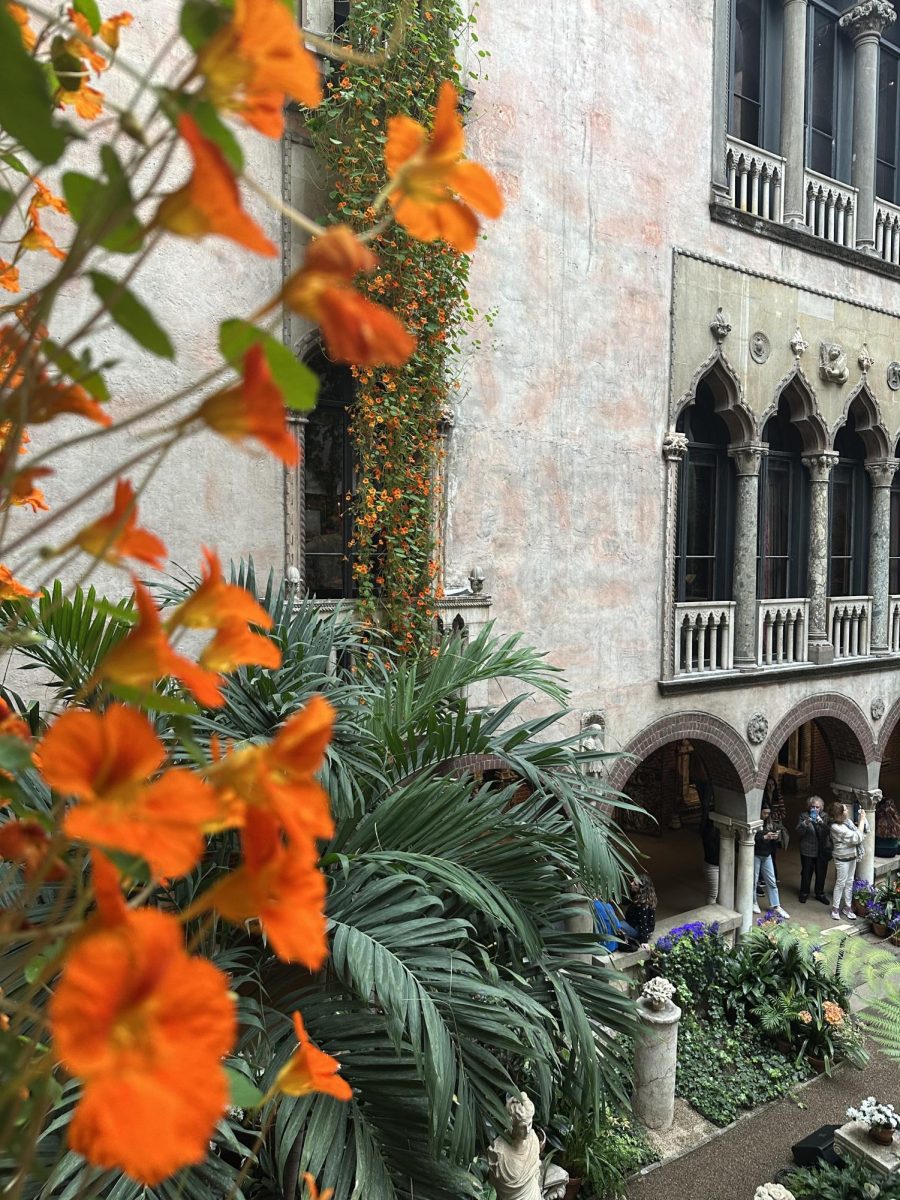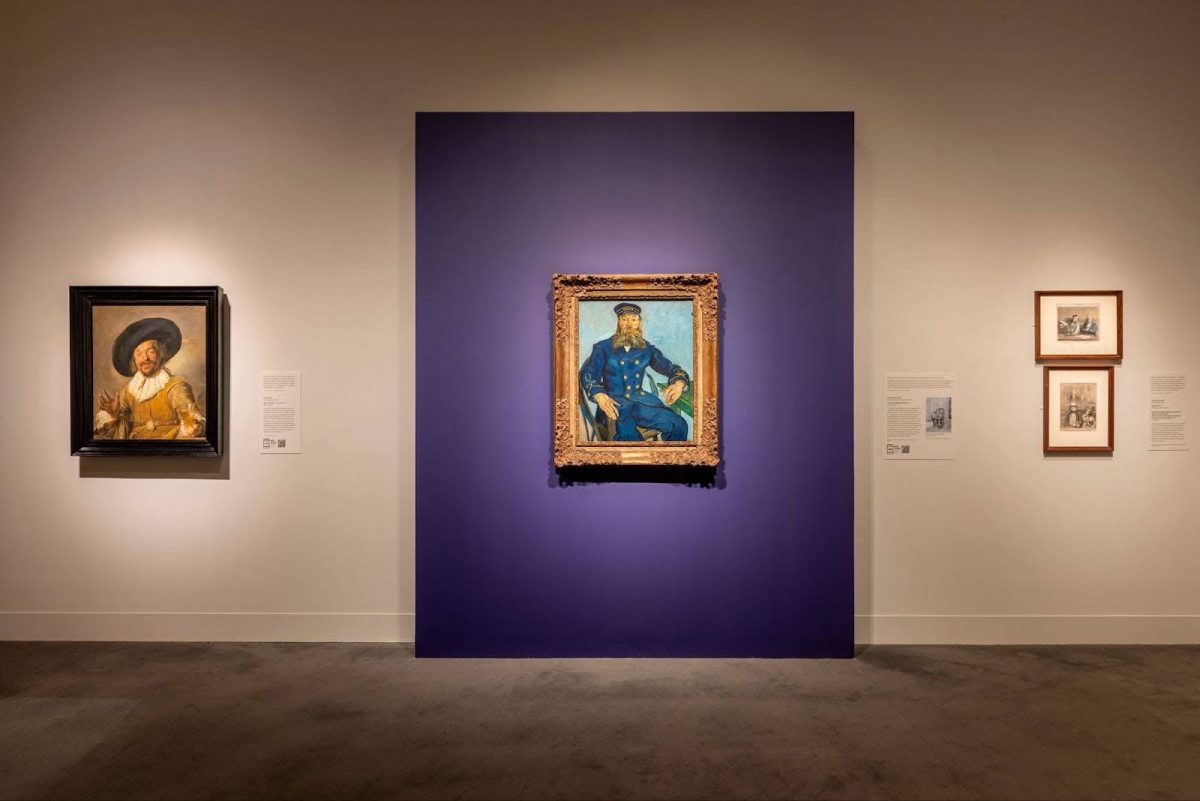After closing their doors in 2020 due to the pandemic, the Massachusetts Institute of Technology Museum in Cambridge finally reopened to the public on Oct. 2.
The museum fills three floors and is full of scientific galleries that cover everything from gene analysis and editing to artificial intelligence and functioning models.
Not only were there art exhibits, there were also interactive parts to every gallery to keep visitors of all ages engaged and entertained. With every exhibit there were new ways to stay engaged with questions to answer, displays to spin and twist as well as videos to watch in a replicated living room.
After climbing the first set of stairs or taking the elevator to their introductory exhibit on the second floor, there are different sections that give visitors a glimpse into what the museum is going to be filled with. This section has examples of different scientific innovations, such as a completely sterile traveling surgery pack, and theories about how typing speeds can help detect signs of dementia early on in a person’s life.
Moving out of that gallery while staying on the same floor, patrons are brought into the gene cultures section. Here they are greeted with interesting and shocking parts to the exhibit like a bright pink chicken, a model of what they believe is an accurate depiction of a mermaid and the theory that pigs could be used as surrogates for humans.
Once exiting, visitors are met with another staircase to the third and final floor which has the working models and an AI gallery. After entering the threshold of the exhibit, models are seen at work and displaying their functions for all of those watching.
A unique aspect of the museum is the animation of the models; many will only function when there is a person watching.
Adjacent to the models is the AI section of the floor that shows the first examples and developments of artificial intelligence in the United States, giving patrons a view into the impacts that it has on their day-to-day lives.
While the exhibit displays many hands-on elements, the most memorable was easily the DeepFakes section. This part of the floor allowed patrons to try and identify DeepFakes, which are synthetic media that trick viewers into believing that they are looking at one person when in reality it is someone completely different.
That activity was directly next to footage from 1969 that was recorded in case the moon landing went wrong.
This museum is extremely versatile and welcoming to visitors of all ages. It is interesting and eye opening, even for those that are not science-oriented. The unique use of hands-on and auditory elements makes this Cambridge gallery viewer-friendly and engaging, especially in comparison to the typical museum experience.
No matter who you are or what hobbies you enjoy, this museum is an amazing place to visit and spend an afternoon. With moderately low ticket prices, it is one spot that every person should visit and explore the ideas that are on display at this local hidden gem.
Follow Keely on Twitter @menyhartkeely


